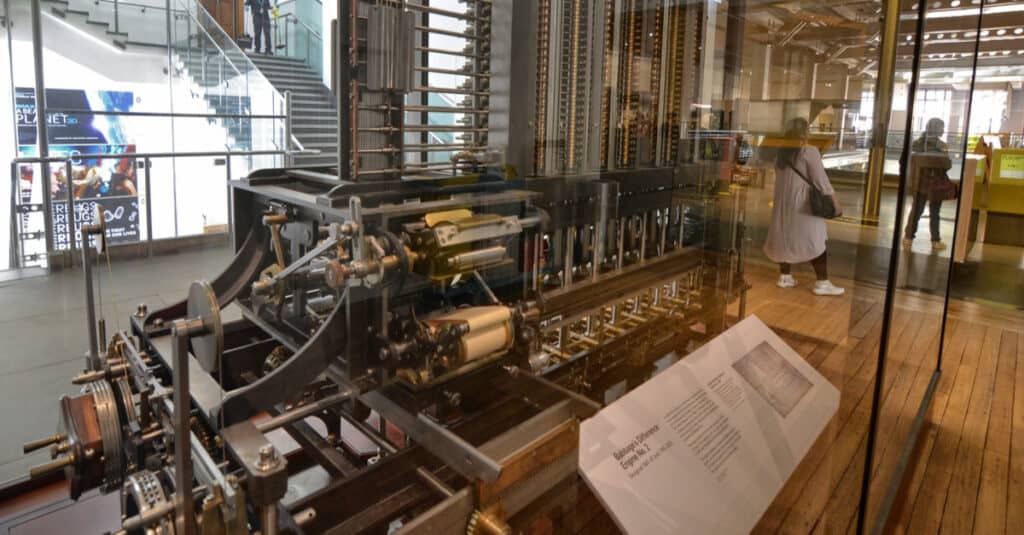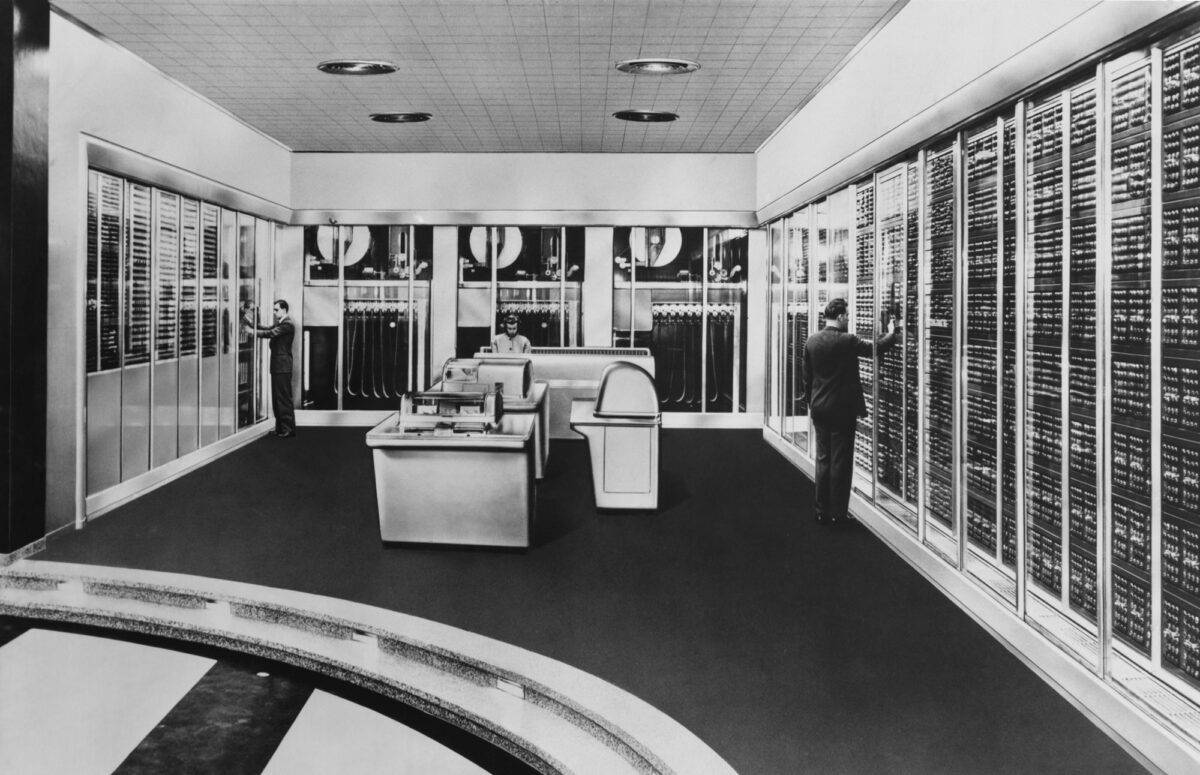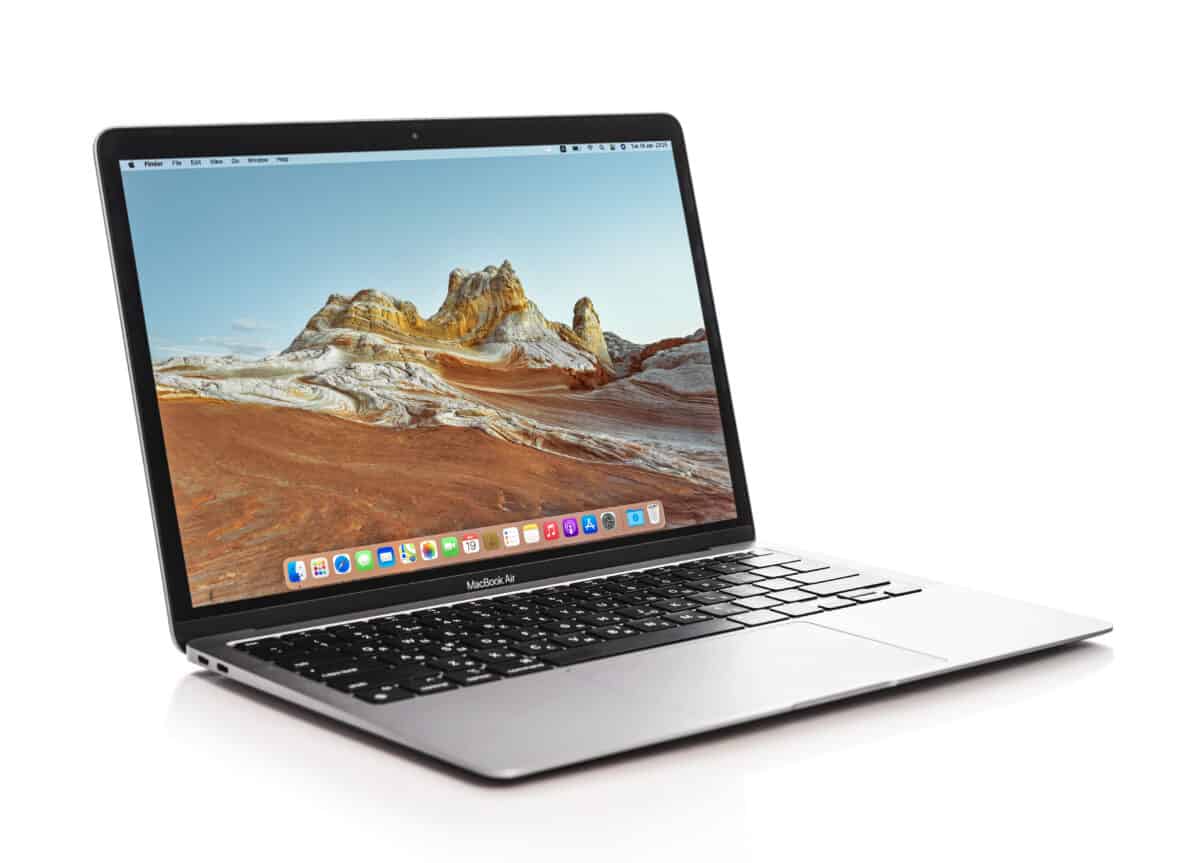One way or another, you’re interacting with operating systems. Your smartphone uses one, and your tablet and laptop do as well. However, little is said about how the ways we interact with our computers. Rather than dwell on the present, let’s dive back into the past of computing to see how much things have changed.
The Dark Ages

Going back to the 19th century, the first computers didn’t have operating systems. When electro-mechanical and transistor-powered devices came to the fore, the same still applied. Instead, programmers directly interfaced with the bare metal of the hardware. This took considerable time and effort.
The programming language of the day was assembly for the earliest computers. However, not everyone is a programming expert. So naturally, some changes would have to occur.
Mainframes

The first real operating system to be mentioned is GM-NAA I/O, which came about in the 1950s. This was intended for the IBM 704 mainframe. Compared to modern computers, this was a very barebones operating system. Standardization wasn’t a thing yet either, so learning to navigate an operating system was a matter of learning the quirks and eccentric operation of individual machines.
IBM mainframes would play host to a few other operating systems like OS/360, PCP, and DOS/360. Other mainframes were around, but IBM would remain a pioneering force in computing for the next thirty years.
Microcomputers

The late 1970s to the early 1980s saw the rise of the microcomputer, or as we call them today, personal computers. These were small machines that could reside in a home. The obvious advantage was that anyone with an interest or passion for computing could easily obtain their own.
While machines like the Commodore Amiga, Commodore 64, and ZX Spectrum ran unique and proprietary operating systems. There are two we’ll take a closer look at for the sake of consumers. MS-DOS was Microsoft’s first true killer app, emerging for the IBM PC compatibles in the 1980s.
Apple’s own MacOS also hails from this time period but with a few distinctions. Apple’s operating systems came with a graphical interface and mouse support. These wouldn’t be commonplace for Windows operating systems until well into the 1990s.
In the background, Unix was still the operating system of choice for developers. Of the operating systems mentioned, this one is still in active development.
The Modern Era

Macbook Air is available in two screen sizes: 13.3 inches and 13.6 inches.
Modern computing sees a variety of needs, with different operating systems to accommodate them. However, we can distill the different operating systems into three major categories: Windows, Unix, and Linux.
Linux is the passion project of Linus Torvalds, who developed the kernel for the operating system in response to the somewhat draconic means of acquiring Unix. These days it serves as the backbone to web servers, render farms, and Android mobile phones.
Windows needs no introduction, having served as the de facto operating system of choice for business and school computers since the 1990s. We’re on Windows 11 now, but the core functionality behind the operating system still relies on functions written over 25 years ago.
You might be questioning Unix over MacOS. However, since MacOS 10, it is effectively a custom distro of Unix for Apple computers. That’s right, everything from your MacBook to your iPhone is running a custom operating system based on one that originates from the 1970s.
Conclusion
Operating systems drive how we interact with our computers. That said, it is rather fascinating to see what has failed and what endured over the last few decades. While there is likely to be innovation and changes in the years to come, the Big 3 haven’t changed in some time.
Want to Retire Early? Start Here (Sponsor)
Want retirement to come a few years earlier than you’d planned? Or are you ready to retire now, but want an extra set of eyes on your finances?
Now you can speak with up to 3 financial experts in your area for FREE. By simply clicking here you can begin to match with financial professionals who can help you build your plan to retire early. And the best part? The first conversation with them is free.
Click here to match with up to 3 financial pros who would be excited to help you make financial decisions.
The image featured at the top of this post is ©Rawpixel.com/Shutterstock.com.
